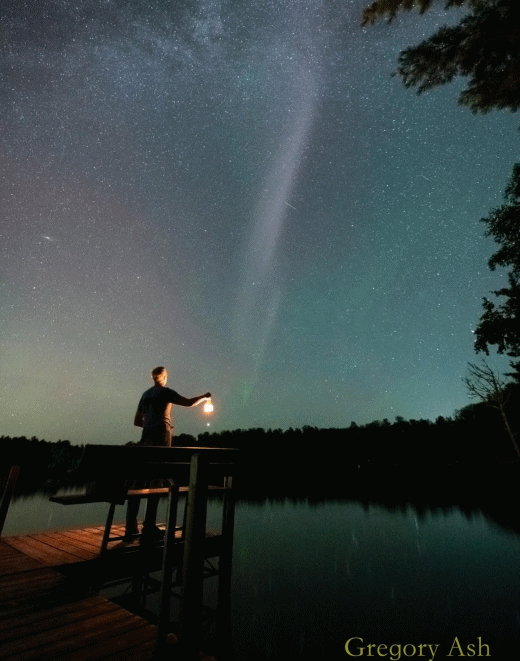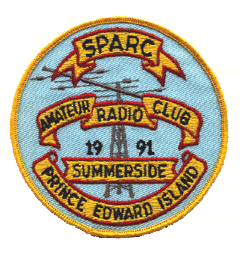SFI = 114
A index = 11
K index = 5
SSN = 107
THE CME HAS ARRIVED: Arriving almost exactly on time, a CME hit Earth’s magnetic field on July 23rd at 0315 UT. The impact sparked a minor G1-class geomagnetic storm with auroras in some northern-tier US states.
“At about 12 midnight, I noticed a familiar light purple vertical glow to the east,” reports Greg Ash of Ely, Minnesota. “It was STEVE!”

STEVE is actually not an aurora. The purple-colored arc is the glow from a supersonic river of gas, which flows through Earth’s magnetosphere during some geomagnetic storms. Short for “Strong Thermal Emission Velocity Enhancement,” STEVE is a relatively recent discovery.
Regular auroras also appeared over Minnesota. “I could see them with my naked eye,” reports Heather Martens. “They were bright enough to photograph using my iPhone.”
Earth is now passing through the CME’s wake. NOAA forecasters say that more G1-class storms are possible, with a chance of category G2 (moderate) or even G3 (strong) storms in the hours ahead. High-latitude sky watchers should remain alert for auroras.
NOAA Alerts
Space Weather Message Code: WARK06
Serial Number: 459
Issue Time: 2022 Jul 23 0456 UTC
WARNING: Geomagnetic K-Index of 6 expected
Valid From: 2022 Jul 23 0455 UTC
Valid To: 2022 Jul 23 1800 UTC
Warning Condition: Onset
NOAA Scale: G2 – Moderate
NOAA Space Weather Scale descriptions can be found at
www.swpc.noaa.gov/noaa-scales-explanation
Potential Impacts: Area of impact primarily poleward of 55 degrees Geomagnetic Latitude.
Induced Currents – Power grid fluctuations can occur. High-latitude power systems may experience voltage alarms.
Spacecraft – Satellite orientation irregularities may occur; increased drag on low Earth-orbit satellites is possible.
Radio – HF (high frequency) radio propagation can fade at higher latitudes.
Aurora – Aurora may be seen as low as New York to Wisconsin to Washington state.
